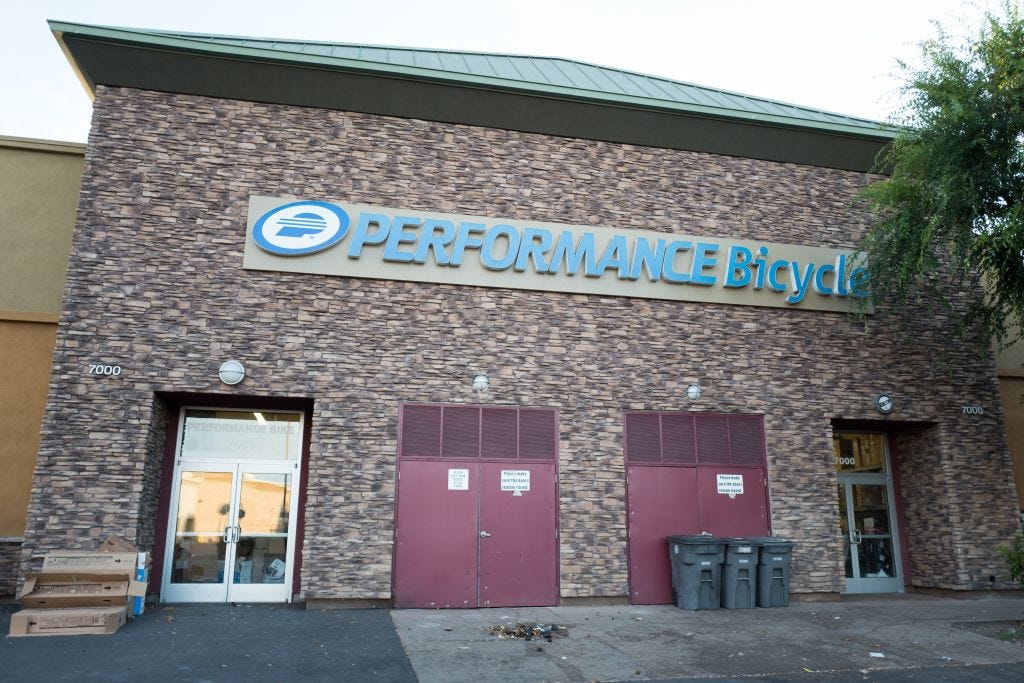Given my experience working for Mr. Trump, I fear that if he loses the election in 2020, that there will never be a peaceful transition of power.
Michael Cohen echoed something I've thought for some time. But even if he hadn't made that the remark at the end of his testimony yesterday, the talking heads and political bloggers would have been talking about who might run against the incumbent, and whether Cohen's testimony makes it more likely that Trump will indeed lose to one of them.
So many people have already "tossed their hats into the ring" for the Democratic nomination that it's no surprise when anyone else--including someone almost no one outside of his home towns has heard of--does the same.
Until last fall, Beto O'Rourke fit that category. Then the three-term Congressman narrowly lost an election for one of Texas' two US Senate seats to Ted Cruz, who himself came in second to Trump for the Republican Presidential nomination two years earlier.
I'm still learning about O'Rourke. He sounds pretty good to me. I must say, though, that even though I like most of his views, there is something else about him that appeals to me:
Lest you think he is trying to appeal to the hipsters on his Surly Steamroller fixed-gear bike, here he is on an '80s Bridgestone:
Waddya think? Could he beat el Trumpo?
Michael Cohen echoed something I've thought for some time. But even if he hadn't made that the remark at the end of his testimony yesterday, the talking heads and political bloggers would have been talking about who might run against the incumbent, and whether Cohen's testimony makes it more likely that Trump will indeed lose to one of them.
So many people have already "tossed their hats into the ring" for the Democratic nomination that it's no surprise when anyone else--including someone almost no one outside of his home towns has heard of--does the same.
Until last fall, Beto O'Rourke fit that category. Then the three-term Congressman narrowly lost an election for one of Texas' two US Senate seats to Ted Cruz, who himself came in second to Trump for the Republican Presidential nomination two years earlier.
I'm still learning about O'Rourke. He sounds pretty good to me. I must say, though, that even though I like most of his views, there is something else about him that appeals to me:
Lest you think he is trying to appeal to the hipsters on his Surly Steamroller fixed-gear bike, here he is on an '80s Bridgestone:
Waddya think? Could he beat el Trumpo?




























